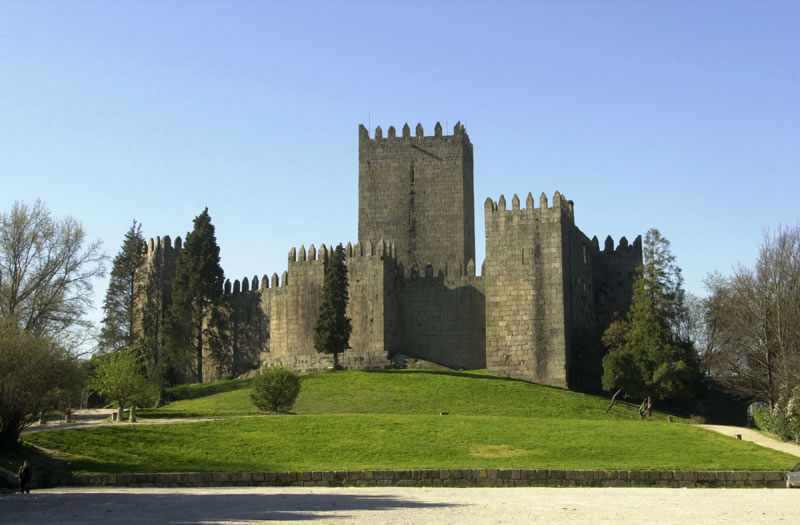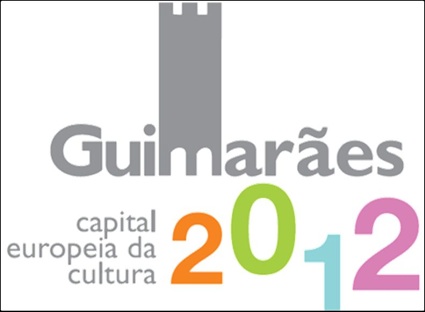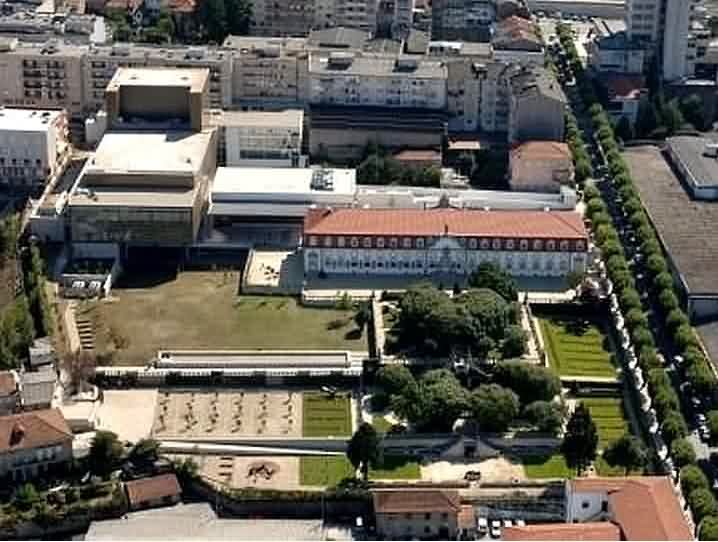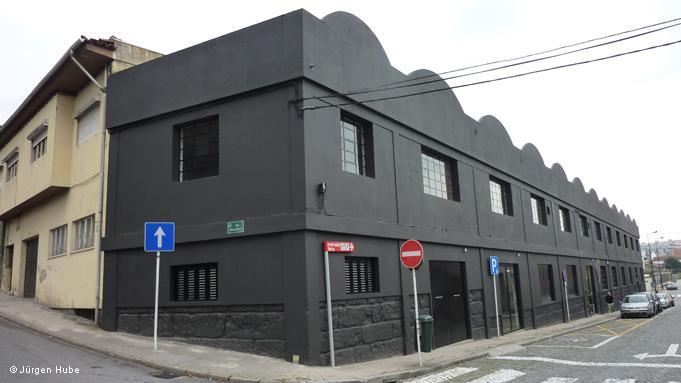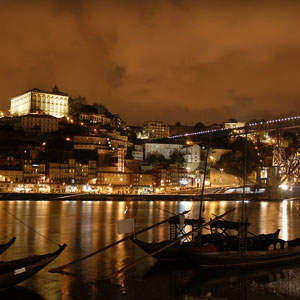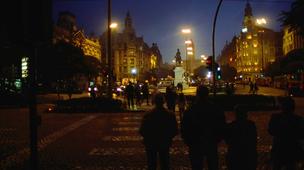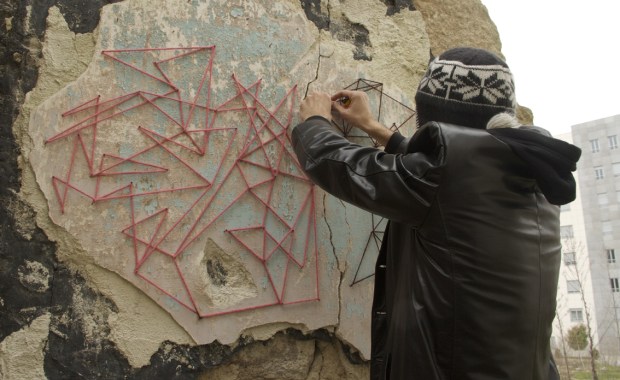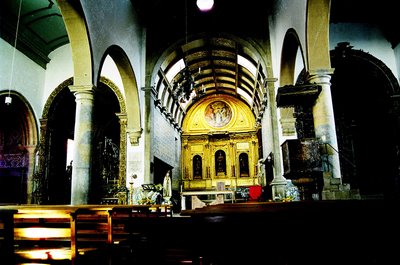What do Guimarães in Portugal and Maribor in Slovenia have in common, apart from that most people cannot find them on a map? This year, the pair of cities share the title of European Capital of Culture.
The medieval city of Guimarães was made a World Heritage Site in 2001.
More than 40 towns and cities have held the honour since Athens was named the first European Capital of Culture in 1985. Selected by an international panel of cultural experts, the aim of the title is to bring different European countries closer together by highlighting the diversity of their cultures.
Castelo de Guimaraes
Despite being often overshadowed by Oporto, just 30 minutes to the southwest, it makes sense that this year the committee selected the burgeoning cultural scene of Guimarães in northern Portugal. With around half of its inhabitants under age 30, Guimarães is one of Europe’s youngest cities, both in age and spirit. A boom of contemporary culture in recent years has revived its medieval streetscapes, a World Heritage Site since 2001.
Now the year-long European Capital of Culture program is set to bring even more life to Guimarães. The rich repertoire of events ranges from music, cinema and photography to fine arts, theatre and dance. More importantly, a crop of new openings, sparked and partly financed by the program, is about to give a further boost to the city’s cultural landscape.
Centro Cultural Vila Flor (CCVF)
Centro Cultural Vila Flor (CCVF) kick-started the city’s cultural revival when it opened in 2005 in a striking modern building added onto a converted 18th-century palace. Events at this culture powerhouse include movie screenings, cafe concerts, theatre and art exhibits. This year, as part of the European Capital of Culture program, CCVF will present the second edition of GUIdance (1 to 11 February), an international dance festival showcasing major contemporary dance companies such as Belgium’s les Ballets C de la B, who are slated to open the festival with the world premiere of their new work, Au-delà.
The Center for Art and Architecture Affairs, Guimarães
The Center for Art and Architecture Affairs, unveiled in October 2011 in a former textile factory, is the latest opening in Guimarães. The non-profit collective promotes interaction between various fields of creative expression, including visual arts, design, film, literature, media, performing arts and architecture. Upcoming events on the European Capital of Culture program include a conference focused on the work of John Cage (10 March to 28 April) and Frame Art, a video art and experimental cinema festival (3 May to 8 July).
Plus there is more in the pipeline. Opening in March in a run-down part of town called Couros (named after the area’s once flourishing leather industry) is the Design Institute, a partnership between the municipality, the University of Minho and Portugal’s National Design Association. Its inaugural exhibit, part of the European Capital of Culture program, will focus on product design, specifically the relationship between traditional products and contemporary design.
Another notable opening this year, scheduled for June, is the Platform of Arts and Creativity in a former market, a multipurpose space dedicated to arts and various creative endeavours. It kicks off with an exhibition by Portuguese painter José de Guimarães, with pieces from his private collection of pre-Colombian, African and Chinese art.
José de Guimarães
The same month will see the opening of the House of Memory, located in an old plastic factory right next door to the Platform. This cultural institution will host an interactive display composed of memory-laden personal items donated by the people of Guimarães. It is designed to tell and preserve the history of the common people, an admirable effort in this world that forgets and changes so quickly.
Anja Mutic
11 Jan 2012
http://www.bbc.com/travel/feature/20120111-guimaraes-culture-boost

